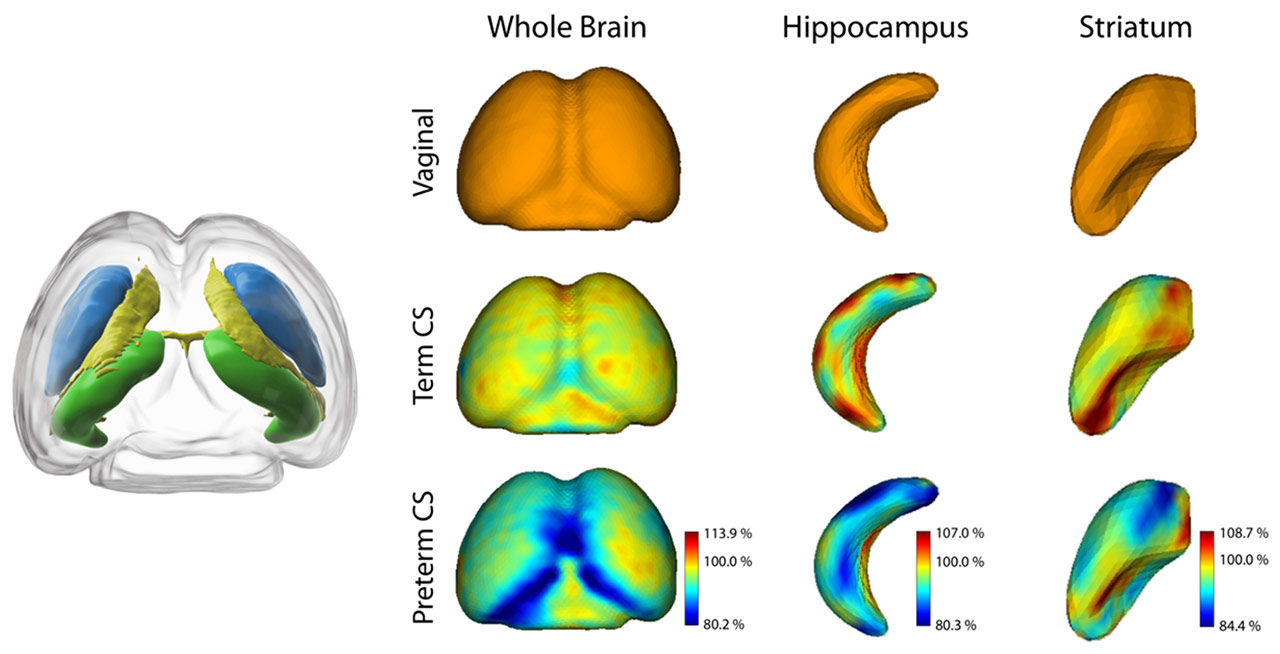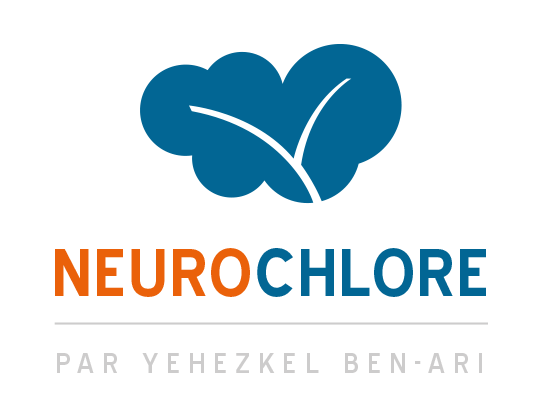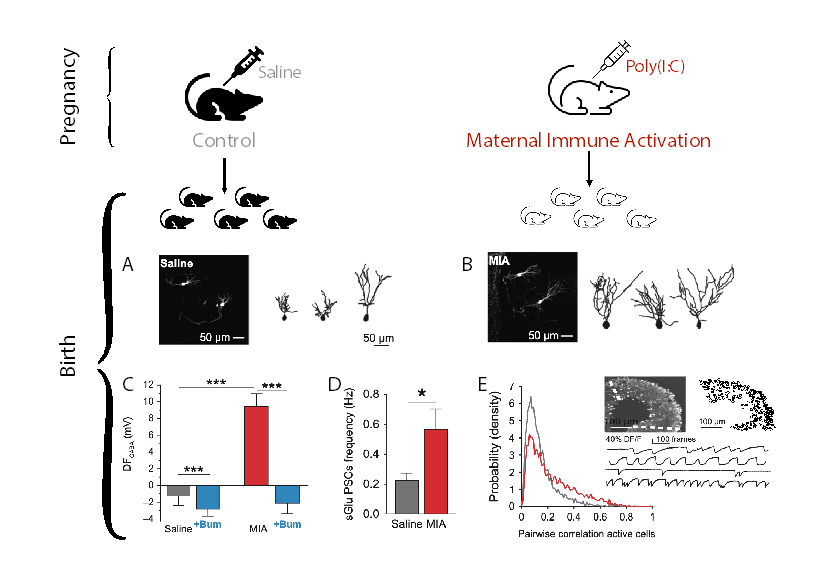
Being born is not easy. Mammals need to pass through the birth canal before coming out into this world, and to do so the head (and whole body) undergoes a harsh squeezing. Thankfully, the newborn prepares for this stressful event that transitions life from in-utero to ex-utero. But these events (some, or all of them) … Smaller brain volumes after birth by Cesarean Section





